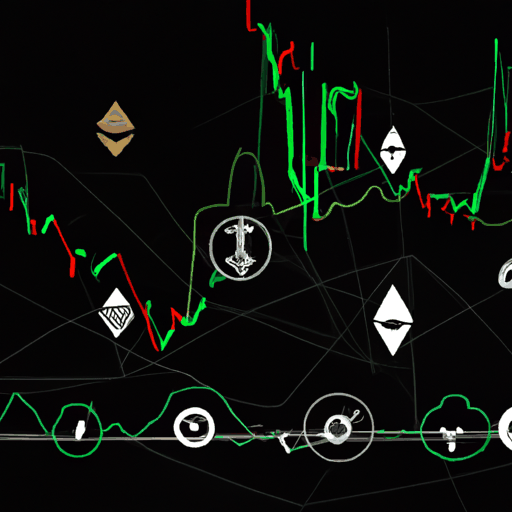
Bitcoin Market Shows Signs Of Stability Amid Mixed Analyst Predictions
By: Isha Das
Recent analysis reveals Bitcoin (BTC) finds support near the active realized price level, which mirrors the early 2021 bull run, offering a more precise evaluation of the asset's market cycles. Analyst Checkmate, along with dpuellARK, provides a refined approach to examining Bitcoin's active realized price, providing fresh insights into the cost basis for active market participants. This metric has become crucial in gauging market sentiment by focusing on coins that have recently moved, thus ignoring the inactive supply.
The active realized price metric is significant, serving as an indicator of market performance over the past five years. During this period, it has acted as both a support and resistance level, with Bitcoin's price frequently fluctuating around this metric. For example, during market peaks like in 2021, Bitcoin's price surged above the active realized price, showcasing heightened investor activity. Conversely, during corrections such as in 2022, the price plunged towards this level, signifying market normalization.
Adding to this, new major observations from recent cycles include periods of overvaluation and undervaluation. Analysts note an accumulation phase in 2023-2024, suggesting cautious optimism. The active MVRV ratio, which compares market value to realized value, adjusted for active supply, helps identify market tops and bottoms by signaling periods of overvaluation and potential accumulation phases.
Despite these insights, the broader market outlook remains divided. Bitcoin has rallied 5.4% in the past week, driven by the U.S. Federal Reserve's 50 basis point rate cut. Analysts such as Tom Dunleavy of MV Global view the current macroeconomic conditions as favorable for risk assets like Bitcoin. However, some experts urge caution, pointing to the high volatility triggered by rate cuts and broader macroeconomic factors that could pull Bitcoin back to the $58,000 mark.
Prominent voices in the sector, including VanEck’s Matthew Sigel and Bitget Research’s Ryan Lee, believe that improving macro conditions and sustained institutional interest indicate bullish signs for BTC. However, they emphasize the need for cautious optimism given potential bearish macro developments. Additionally, models such as the Long-Term Power Law, discussed by analyst Ali Martinez, suggest that Bitcoin could reach as high as $400,000 if historical patterns hold. Nonetheless, whether BTC will follow this trajectory remains to be seen.
As Bitcoin's price currently hovers around $63,200, the coming months will be critical in determining whether the market will trend upwards or face further corrections. This ongoing debate encapsulates the broader uncertainty yet potential within the crypto space, making it a closely watched market in the financial world.



